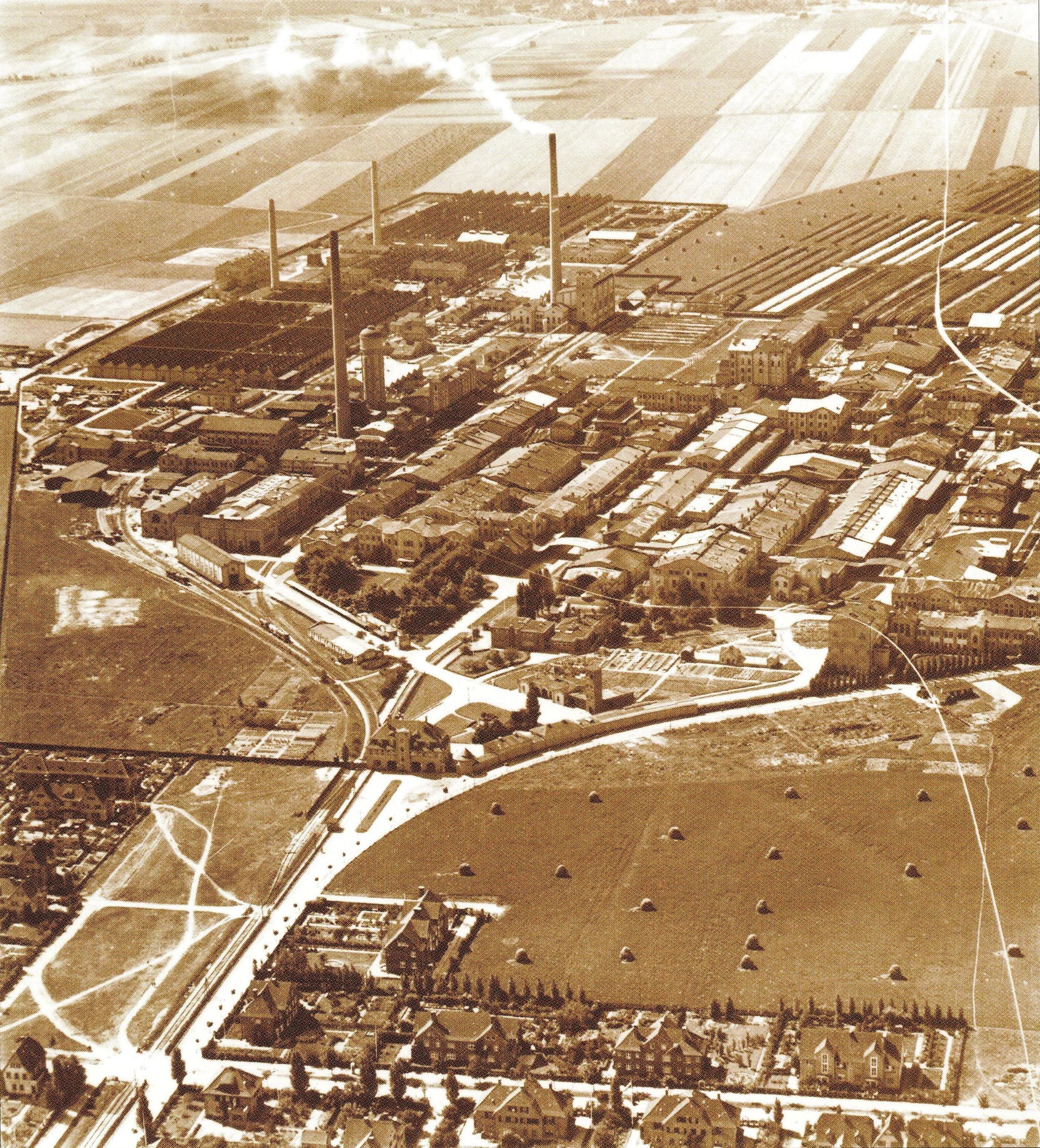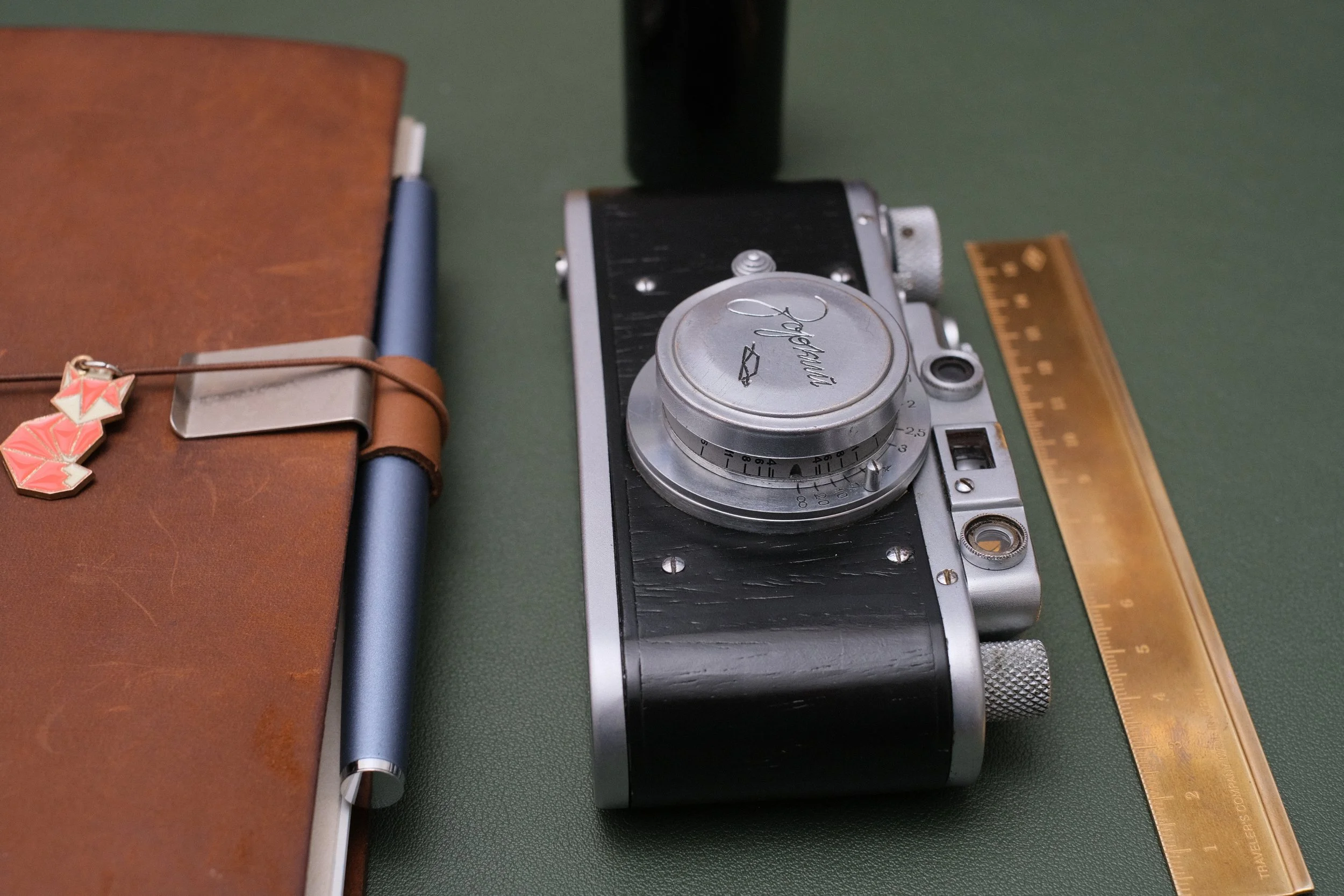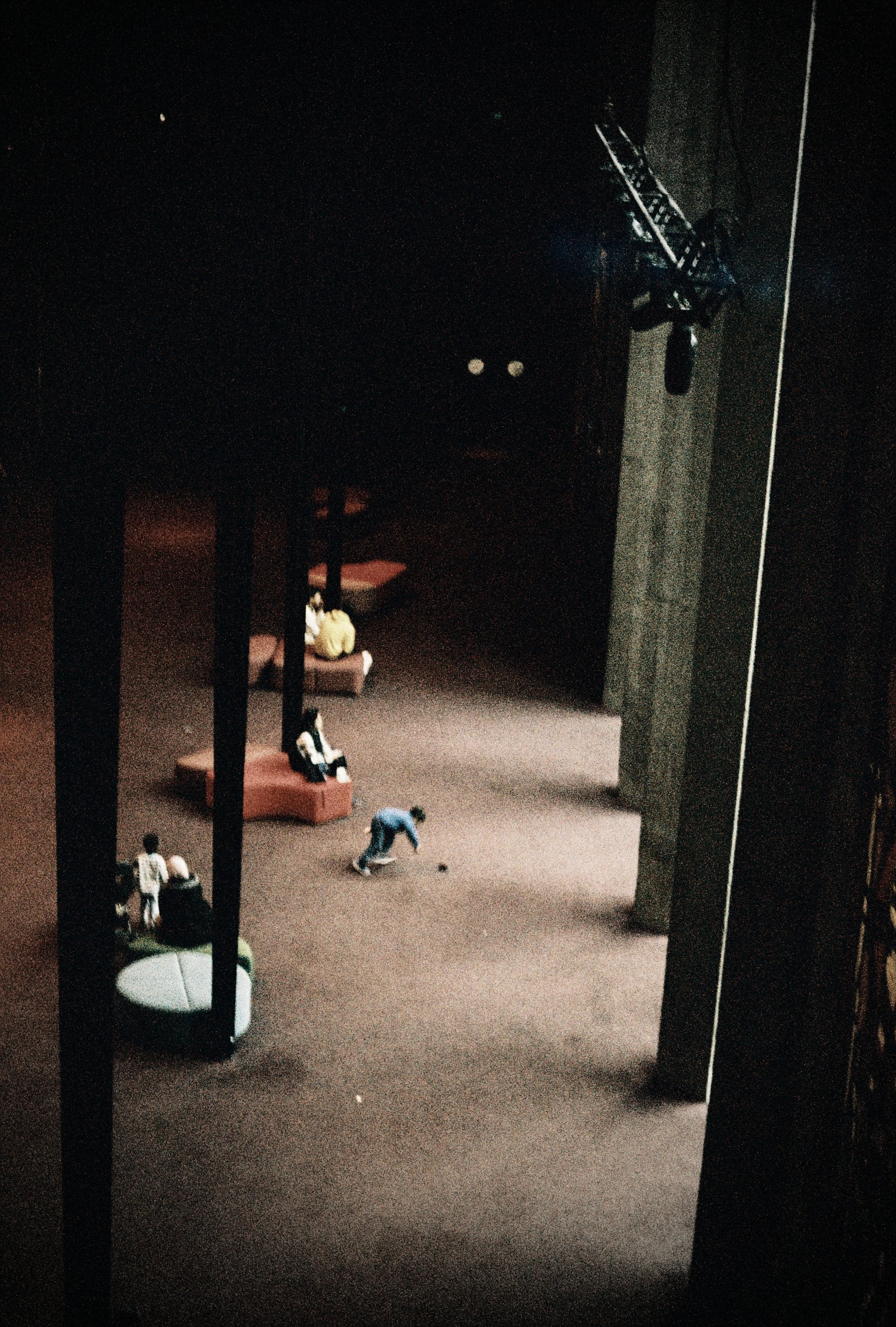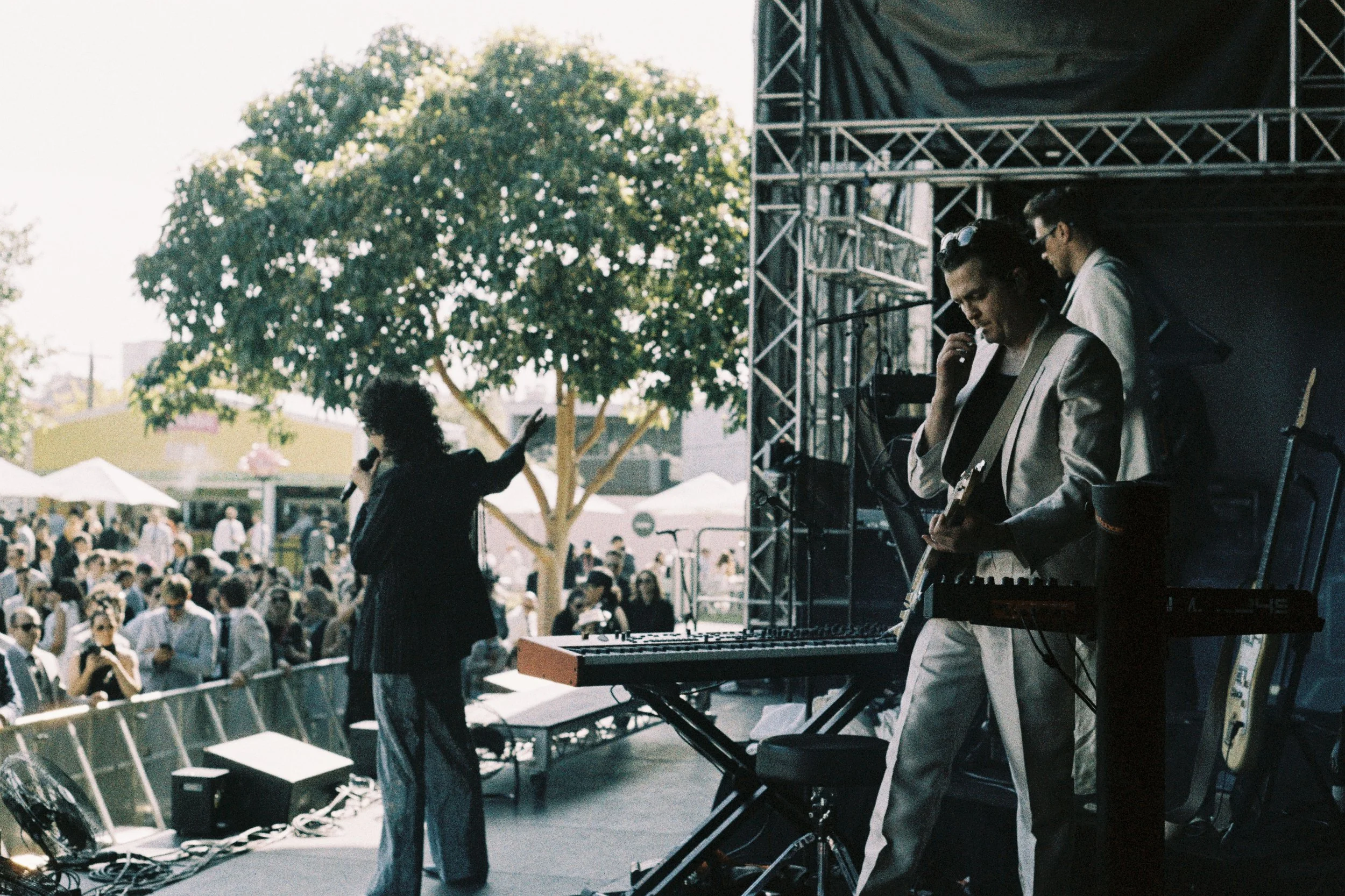WOLFEN NC500 Review
Pictured: Zorki 1c and Wolfen NC500
In the world of film, stocks can come and go like the wind blowing through the curtains. Almost all of them are rebranded films of one form or another. Repackaged Kodak, or Shanghai/Seagull stocks. Occasionally, you have something like Lomocolor - allegedly manufactured by AGFA. But rare is it to have something genuinely new, let alone colour.
This makes Wolfen Color something special and exciting.
First, you have to understand how miraculous this film is.
Colour film is exceedingly complicated to manufacture. It can contain up to seven layers of material. There’s the colored emulsions, the filter layers, the anti-halation, anti curl layers. On top of this, there is also the fact that these layers must produce accurate colours when placed in standard C41 development. It took almost 70 years for colour film to get the portable, standardized, stable form we take for granted today, and in the last 30 years much of that knowledge has been liquidated, disassembled, and destroyed.
Kodak has, for the last three years, been the bastion of colour film. Cinestill, Ilfocolor, and even some Fujifilm stocks are all just repackaged and rebranded Kodak emulsions.
So how does this miracle begin?
Colour film is exceedingly complicated to manufacture.
Pictured: Weitere Einzelheiten, Agfa-Filmfabrik Wolfen 1929, Wikimedia Commons
The story goes this stock was developed by ORWO, a (formerly) East German manufacturer of great repute. They had their own line of colour films back in the mid 20th century, their factory originally being a part of AGFA before the East/West split. As a fun side note, on their site the first AGFA colour stocks were developed.
This film in particular is based on the Agfa XT320 film stock from the mid 80s, used to shoot films like Out of Africa (1985), and Who Framed Roger Rabbit (1988).
But the actual history of this film is a little bit more interesting. Its true origin follows the acquisition of two companies by the Seal 1818 investor group. Filmotec, who owns the rights to and manufactures ORWO black and white film, and InovisCoat, which was formerly part of AGFA’s colour photographic division. These two companies between them hold enough technical knowledge and brand recognition to make manufacturing a colour film viable.
Financing the deal, the Managing Director of the North Channel Bank, Harald Zenke, said;
“We see great potential in this niche strategy.”
With a gap left in the market left by Fujifilms decline, and the exploding popularity of 35mm, this seems to be a very forward thinking move.
Now how does the film hold up?
Zorki 1c, Industar 50, f5.6 1/250I don’t normally put colour film in my Zorki. It is a temperamental camera to load, and the single coated Soviet Tessar has a fairly strong bias towards red. That said, when I saw the sample images on ORWOS press release, I immediately realized this film would perfectly compliment this camera.
Pictured: The Humble Zorki
Industar 50, Kodak Tri-X 400, f3.5, 1/500Being a part of my EDC, this camera hasn’t left my side in over a year. I was drawn to its small, compact, no-frills design, as well as its simple and low maintenance shutter.
Oh, and it was dirt cheap.
The Industrar 50 lens has a beautiful, soft rendering wide open with good centre sharpness with little, if any vignetting, as well as that highly sought after swirly bokeh. Stopping down, it has decent resolving power at f5.6, a nine bladed aperture produces clean sunspots, and my copy has excellent edge sharpness with no aberrations. An all around nice lens with that sought after ‘vintage’ look.
I was expecting the results to be similar to old soviet postcards.
What I got was much more exciting.
Zorki 1c, Industar 50, f3.5 1/20Zorki 1c, Industar 50, f5.6 1/60Zorki 1c, Industar 50, f8 1/250Zorki 1c, Industar 50, f5.6 1/250Zorki 1c, Industar 50, f3.5 1/250Wolfen colour is a very contrasty film, with low saturation and deep blacks. It has a bias towards green in the shadows, though that is mostly cancelled out by my Zorki’s lens.
Zorki 1c, Industar 50, f11, 1/500It reminds me of the bleach bypass look, where the silver is retained in the emulsion, resulting in very deep shadows and low saturation.
True to their word, there is no other film quite like this.
Zorki 1c, Industar 50, f11 1/500Note the grain in the highlights of this image, despite being metered for 400, it looks underexposed. Perhaps the true ISO of this film is closer to the original 320, or perhaps the blue layer is less sensitive.
Zorki 1c, Leitz Summar, f2 1/20This film does not balance well under true tungsten light unlike a lot of professional stocks, and any other colours present become muted, with that information being unrecoverable. This points to a more limited dynamic range, although, since this is based on a cinema stock formulation, I’d be curious to see if the lower contrast ECN-2 developer can preserve more detail.
The above image is one stop underexposed, and scanned on a Fujifilm SP500, my second favourite unit. There is no shadow detail preserved, and in the blacks you can just start to see sensor noise creep in. This is not a film for low-light environments, despite being on the fast end of the spectrum.
However, if you know a few tricks, it is possible to get decent results.
Zorki 1c, Industar 50, f3.5 1/250Zorki 1c, Industar 50, f3.5 1/30
As a photographer who has been shooting for now over 10 years, and has peeked behind the curtain many times, it takes a lot to impress me. I’ve shot most of the legendary stocks; Velvia, Pro400h, Superia 800, and Ektachrome. I’ve processed obscure colour formulations from the 1970s, and held Kodachrome slides that almost looked three dimensional.
I love this stock. It might just be my new favourite.
As a 400 speed film, it is ideal for capturing action, and as someone who has an affinity for black and white, I’ve always leaned towards a low saturation with high contrast in my colour work. Previously I’d done this through presets, but no more! This film is exactly the look I’m after right out of the camera!
In professional use
As an extra, a client requested a black and white shoot for one of their gigs, but wanted some colour shots done. I suggested this stock, which seemed to fit the bill perfectly for the look they were after.
Below were taken on a Spotmatic SPII with the excellent Super-Takumar 105mm f2.8. No loading quirks whatsoever, just dropped it in and ran.
Happy to say they were very impressed with the results.
Spotmatic SPII, Takumar 105, Wolfen ColourSpotmatic SPII, Takumar 105, Wolfen ColourSpotmatic SPII, Takumar 105, Wolfen ColourSpotmatic SPII, Takumar 105, Wolfen ColourSpotmatic SPII, Takumar 105, Wolfen Colour




















